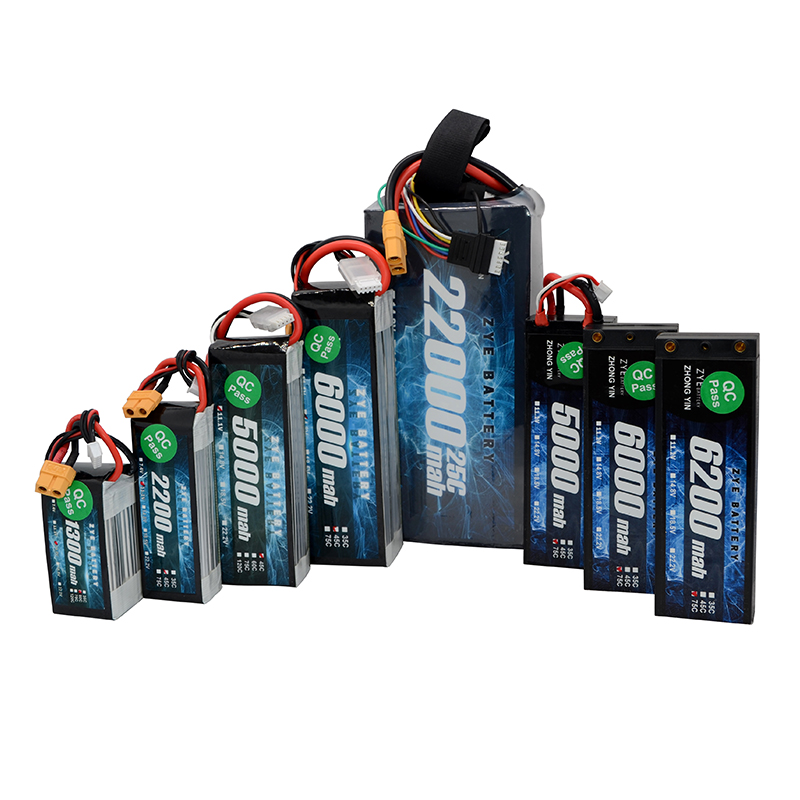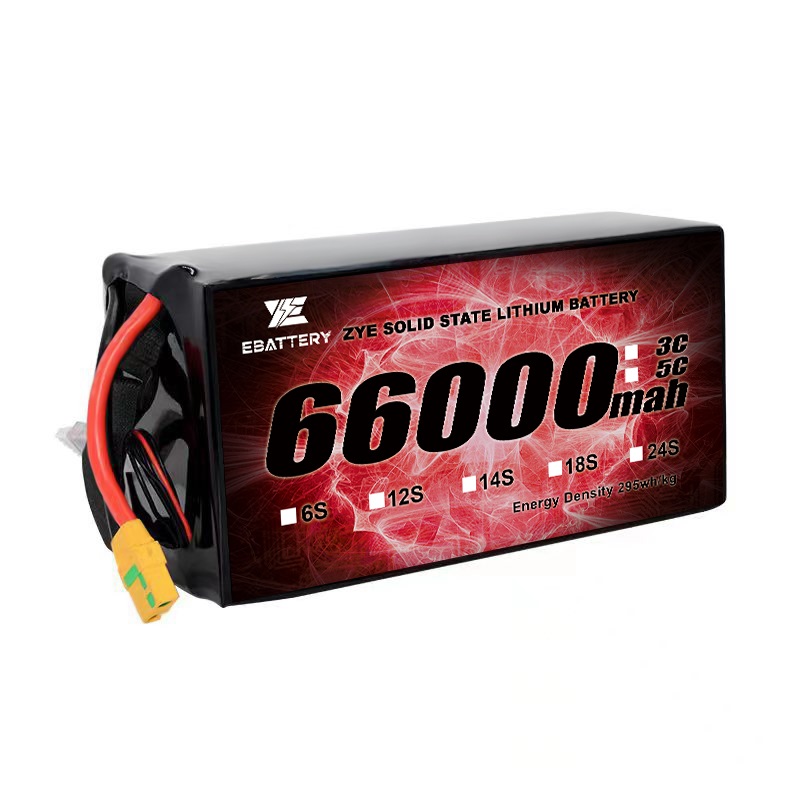What factors affect the longevity of solid state batteries?
2025-11-04
Imagine a drone battery that not only charges quickly but also lasts significantly longer than traditional batteries. In this article, you'll learn about the average lifespan of solid-state batteries, the factors affecting their longevity, and what this means for your devices.
The lifespan of solid-state batteries is influenced by chemical composition, usage conditions such as temperature and humidity, and charging cycles. High-quality materials and moderate environmental conditions help maintain battery health.
Battery life has long been a decisive limiting factor in commercial and dual-use drone operations. For missions ranging from infrastructure inspection and agricultural mapping to search-and-rescue and military reconnaissance, flight endurance constrains operational range and payload capacity.
While traditional lithium-ion batteries remain the current industry standard, they typically limit professional drone flight times to 20 to 60 minutes under optimal conditions. Environmental factors and payloads further reduce effective mission duration. This bottleneck necessitates extensive logistical planning, frequent battery swaps, and limits mission complexity.
Solid-state batteries (SSBs) replace liquid electrolytes with solid ones, enabling a fundamentally different structure. According to a recent report, SSBs are projected to achieve energy densities exceeding 400 Wh/kg, with some experts suggesting even greater potential. Theoretically, this leap allows drones to fly longer and/or carry more equipment for a given battery weight. These perspectives are crucial in discussions comparing lithium-ion and solid-state battery technologies for drones.
Key advantages highlighted in industry reports and research include:
Higher Energy Density: Solid-state batteries could double or triple the flight range of commercial drones, enabling multi-hour flights beyond the capabilities of today's lithium-ion batteries.
Enhanced Safety: Solid electrolytes are non-flammable, significantly reducing fire and explosion risks—a critical consideration for operations in densely populated or sensitive areas.
Longer lifespan: Solid-state batteries resist degradation over thousands of charge-discharge cycles, potentially lowering total cost of ownership for fleet operators.
Superior performance in extreme temperatures: Solid electrolytes prove more resilient in Arctic or desert conditions, expanding drone deployment capabilities for critical missions.
The Road Ahead: Regulatory and Industry Implications
As drone regulations take effect, the strategic importance of battery technology grows. SSBs enable extended flight durations, facilitating true autonomous logistics, continuous surveillance, rapid emergency response, and more—all enhancing safety margins.
Stay tuned for the latest advancements in solid-state batteries as technology evolves. Whether your focus is drones or renewable energy storage, these innovations will significantly impact your experience and satisfaction. Embracing this technology now could usher in a more efficient, sustainable future for us all.
However, for solid-state batteries to fully realize their potential, industry players must overcome production challenges, reduce costs, and validate performance under regulatory scrutiny. According to research and industry commentary, only through widespread adoption and sustained R&D investment can solid-state batteries transition from breakthrough innovation to industry standard.
Powering the Next Chapter for Drones
Solid-state batteries promise to fundamentally transform the drone landscape, with the potential to dramatically extend the endurance and mission capabilities of commercial and dual-use platforms. While traditional lithium-ion batteries will remain essential for the foreseeable future due to cost and availability, the advent of SSBs signals a compelling new chapter in aerial mobility—one where drones are no longer constrained by battery life, redefining what is possible.

























































